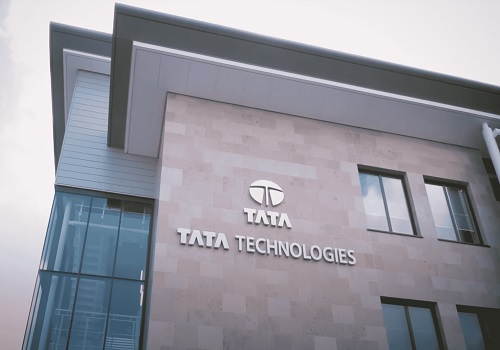77% of Gen Z students in India willing to join tech industry

A whopping 77 per cent of Gen Z students have shown interest in working in the technology industry in India, according to a report on Monday.
The report by Nasscom in collaboration with Indeed, a global matching and hiring platform, delves deeper into the evolving preferences and trends influencing the future of work for the tech sector in India.
It meticulously examines the transformative landscape across three pivotal pillars: The future of jobs, workforce dynamics, and the evolving workspace, based on a comprehensive survey encompassing 185 employers and over 2,500 individuals from current and future workforces, 84 per cent of organisations.
The survey aimed to understand how employers, current employees and future workforce are exploring or open to gig models, with startups and the Business Process Management (BPM) sector leading in gig worker hiring.
They found that primary drivers for Gen Zs and Millennials opting for gig roles are flexible job locations and a focus on specialised skills.
Organisations are capitalising on gig workers in areas such as software development, data annotation, and business analytics, tapping into the benefits of on-demand talent and specialised expertise.
“The tech industry in India is experiencing a significant transformation, reflecting the evolving dynamics of the contemporary workspace. Over the past five years, there has been a noticeable shift from traditional office settings to an exploration of remote work, followed by a recent trend of returning to office spaces,” said Sangeeta Gupta, Senior Vice President and Chief Strategy Officer, Nasscom, in a statement.
“The future of work will be defined by the dynamic balance between efficiency improvements from automation and the expansive potential of creativity unleashed by continuous innovation. Organisations are dedicating substantial efforts to understand their workforce needs and investing in various programmes to create an attractive proposition for returning to work,” she added.
Organisations are focusing on geographical expansion to explore new markets for talent, and strategic partnerships to gain competitive advantage and new market access.
Significant investments are being made by organisations in workspaces to not only draw talent back to the office but also to adapt efficiently and effectively to different and evolving work models.
Key initiatives undertaken by organisations to position themselves as employers of choice and entice talent back into offices include redesigning offices to foster collaboration, prioritise employee well-being, enhance security, and ensure sustainability while making workspaces adaptable, technology-driven, and innovative.
In addition, they are focusing on Environmental Social Governance (ESG) initiatives, such as diversity hiring, inclusive leadership, social impact volunteering, and reducing carbon footprints, the report said.
“In the ever-evolving workplace influenced by emerging generations and technological advancements, organisations must align with the expectations of Millennials and Gen Z to attract and retain top talent," said Sashi Kumar, Head of Sales India at Indeed India, in the statement.
“Emphasising personalised learning and growth opportunities, particularly within specialised technology roles, and cultivating a positive corporate culture are key strategies for successful recruitment. This approach positions employers to effectively engage with candidates who meet the evolving demands of the future workforce,” he added.






















